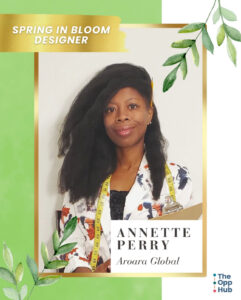
By Amanda Moses
Today is the final day of Ramadan, the most sacred Islamic celebration, which began on February 28 and ends on March 31. Muslims worldwide celebrated the end of their religious fasting with Eid al-Fitr, which began at sundown on March 30 to March 31. During Ramadan, Muslims observe a fast from dawn to dusk, abstaining from food, intercourse, and smoking, as a form of reverence for the Quran’s revelation to the Prophet Muhammad.
Traditionally, Muslims fast (abstaining from food, intercourse, and smoking) from sunup to sundown during Ramadan in reverence to the Quran being revealed to the prophet Mohammed. It is said that Eid al-Fitr begins when the new moon occurs, meaning the holiday begins on different days and times depending on your location.
Here are few traditions for Eid al-Fitr:
- The morning of Eid al-Fitr is when Muslims cleanse their bodies with new clothes before leaving to perform their prayers. This ritual is called “ghusl,” when the celebrants wear their finest attire and decorate their hands with henna.
- A common greeting on this day is “Eid Mubarak,” which translates to “Have a blessed Eid.”
- After gathering for their prayers, Muslims visit the graves of their loved ones to continue praying and to clean the grave site.
There are two Eid celebrations:
- Eid al-Adha, the Feast of the Sacrifice, which is a holiday that commemorates Imbrahim’s willingness to sacrifice his son to Allah. This celebration has been deemed the greater Eid.
- Eid al-Fitr, is the lesser Eid, celebrates the conclusion of Ramadan.



